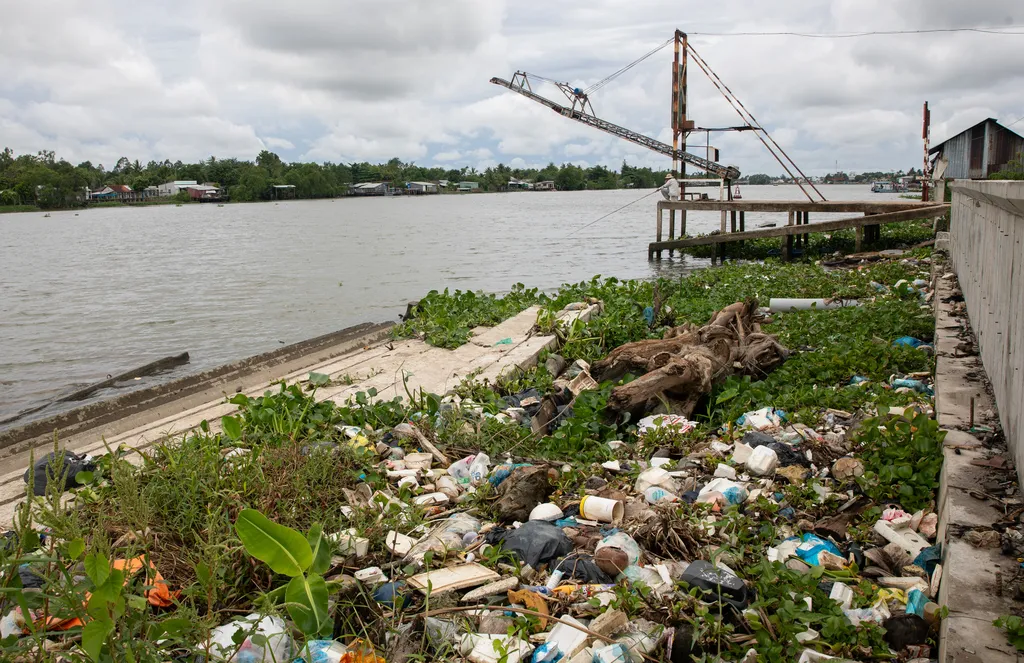In the heart of Vietnam’s Mekong Delta, an innovative pilot project is turning an environmental challenge into a sustainable solution, offering promising implications for the energy sector and beyond. The Vietnamese Mekong Delta (VMD), a region rich in biodiversity and crucial for agriculture, faces a constant threat from riverbank erosion. This erosion not only endangers livelihoods but also poses risks to infrastructure, including energy facilities. Enter Cu Ngoc Thang, a researcher from the Faculty of Water Resource Engineering at Can Tho University, who is pioneering a unique approach to riverbank stabilization using waste tyres.
Thang’s study, published in the journal *Geosciences* (which translates to *Earth Sciences* in English), explores the use of old tyres as a material for embankment construction. The pilot project, conducted in Dinh My commune, An Giang Province, combines physical reinforcement with bioengineering techniques. “We wanted to create a solution that is both effective and sustainable,” Thang explains. “By using waste tyres, we address two major issues: riverbank erosion and waste management.”
The project involved constructing an embankment using old tyres, geotextile, riprap, and vegetation. Field measurements using advanced technology like the Leica TS02 Plus Total Station and Finite Element Method (FEM) modeling were employed to assess the embankment’s performance. The results were promising, with a maximum displacement of just 18 mm observed after one year. The FEM predictions closely aligned with the measured data, achieving an accuracy of 68% or higher, validating the model’s accuracy.
“This hybrid approach not only stabilizes the riverbank but also integrates vegetation, which further enhances stability,” Thang notes. The integration of vegetation is a key aspect of nature-based solutions (NbSs), which are gaining traction for their ability to provide sustainable and cost-effective solutions to environmental challenges.
The implications for the energy sector are significant. Riverbank erosion can threaten energy infrastructure, such as power plants and transmission lines, which are often located near rivers. By stabilizing riverbanks, this innovative approach can help protect these critical assets, ensuring uninterrupted energy supply and reducing maintenance costs.
Moreover, the use of waste tyres in embankment construction offers a scalable model for climate-resilient infrastructure in deltaic regions globally. “This approach links erosion control with circular economy strategies, making it a replicable strategy for addressing riverbank erosion across deltaic and lowland regions,” Thang explains.
As the world grapples with the impacts of climate change, innovative solutions like Thang’s are crucial. They offer a glimpse into a future where environmental challenges are met with sustainable and cost-effective solutions, benefiting not just the environment but also the energy sector and local communities.
This research not only highlights the potential of hybrid revetments and waste tyre recycling but also sets a precedent for future developments in the field. As Thang’s work gains recognition, it is likely to inspire similar projects worldwide, contributing to a more sustainable and resilient future.

